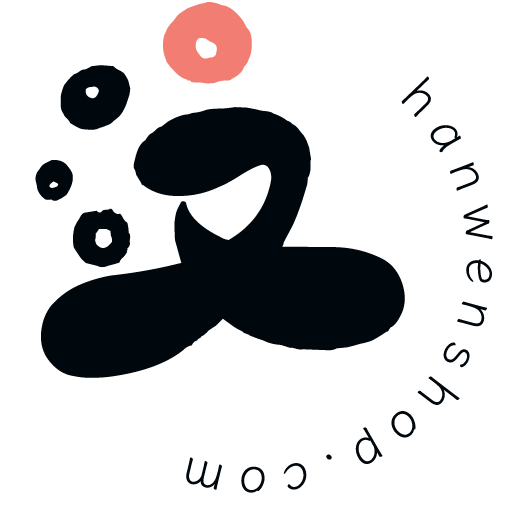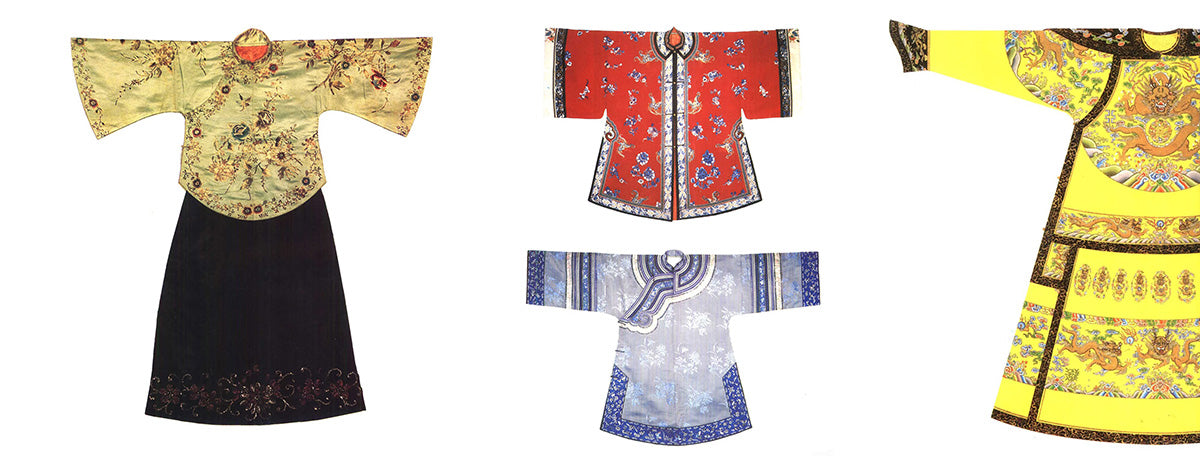The word "form" is similar to what people call "style" today, but when we talk about Hanfu, we use "form" instead of "style." Because the word "form" also contains the meaning of rules and regulations.
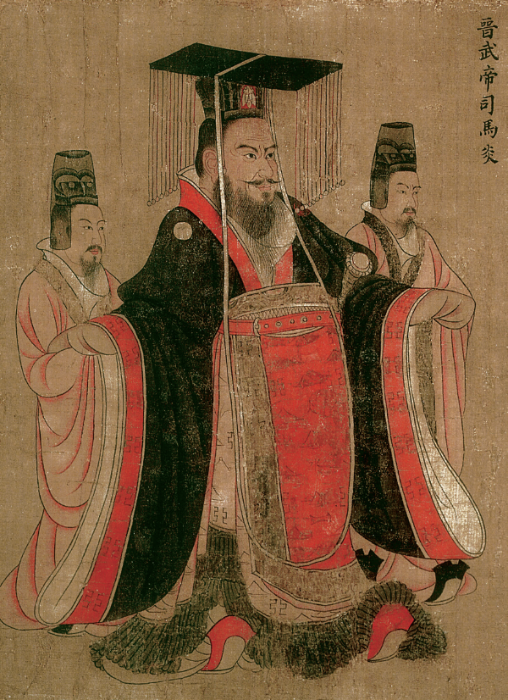
Legend
Yishang (Yīshang)
The ups and downs come from the shape and color of the sky and the earth. The sky is above, and the upper body is dressed in solid colors; the earth is below, and the lower body is dressed in clothes, mainly black, dark red, and light red. The upper and lower skirt system is the oldest form of the Hanfu system. The so-called 衣服(Yīfú)in Chinese comes from this.
"Shirt top and skirt bottom" is the most basic form of clothing in ancient China, and it is also the highest form of men's clothing in past dynasties, and it was the case until the Ming Dynasty. For example, 冕服(Miǎnfú).
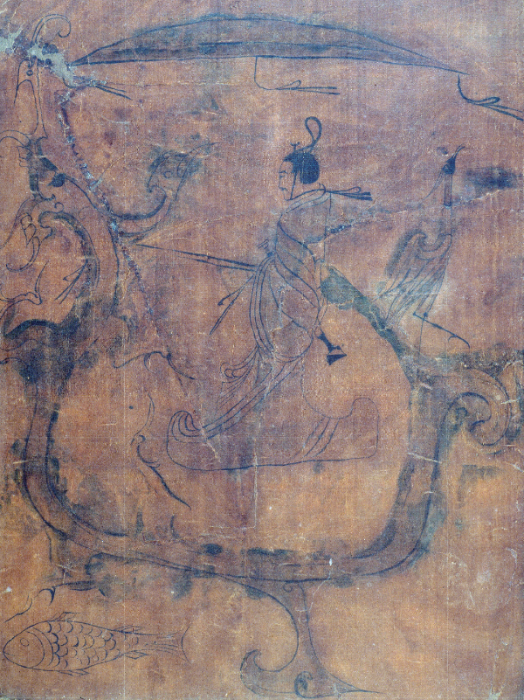
Legend
Shēnyī (Shinyī)
"Deep clothing" was formed in the Zhou Dynasty. The upper garment and the lower garment are connected together when covering the body, they look deep, so they are called deep clothing. Shenyi has existed for more than three thousand years and can be worn by both men and women from the pre-Qin Dynasty to the end of the Ming Dynasty. There are two categories: straight and curved.
Straight hem (Zhíjū) : The left lapel goes around from the front to the right back and then goes down vertically, which is why it is called a straight train. It is simple, efficient, straight and solemn. It is a common dress for men's formal wear in the past dynasties and has a profound influence. The kimono comes from the Hanfu straight dress.
Curved Hem: A curved hem is a dress that is curved and rolled up. Compared with a straight hem, the dress is wrapped around the lower body in layers and finally tied at the waist, which is pleasing to the eye.
The sleeves and the curved hem placket have wide borders. This type of rolled collar is called "衿(Jīn)". Although the sleeves are now large, they are still gathered at the cuffs, called "琵琶袖(pípá xiù)". The widened part of the sleeves is called "袂(Mèi)", and the narrowed part of the cuffs is called "袪(qū)".
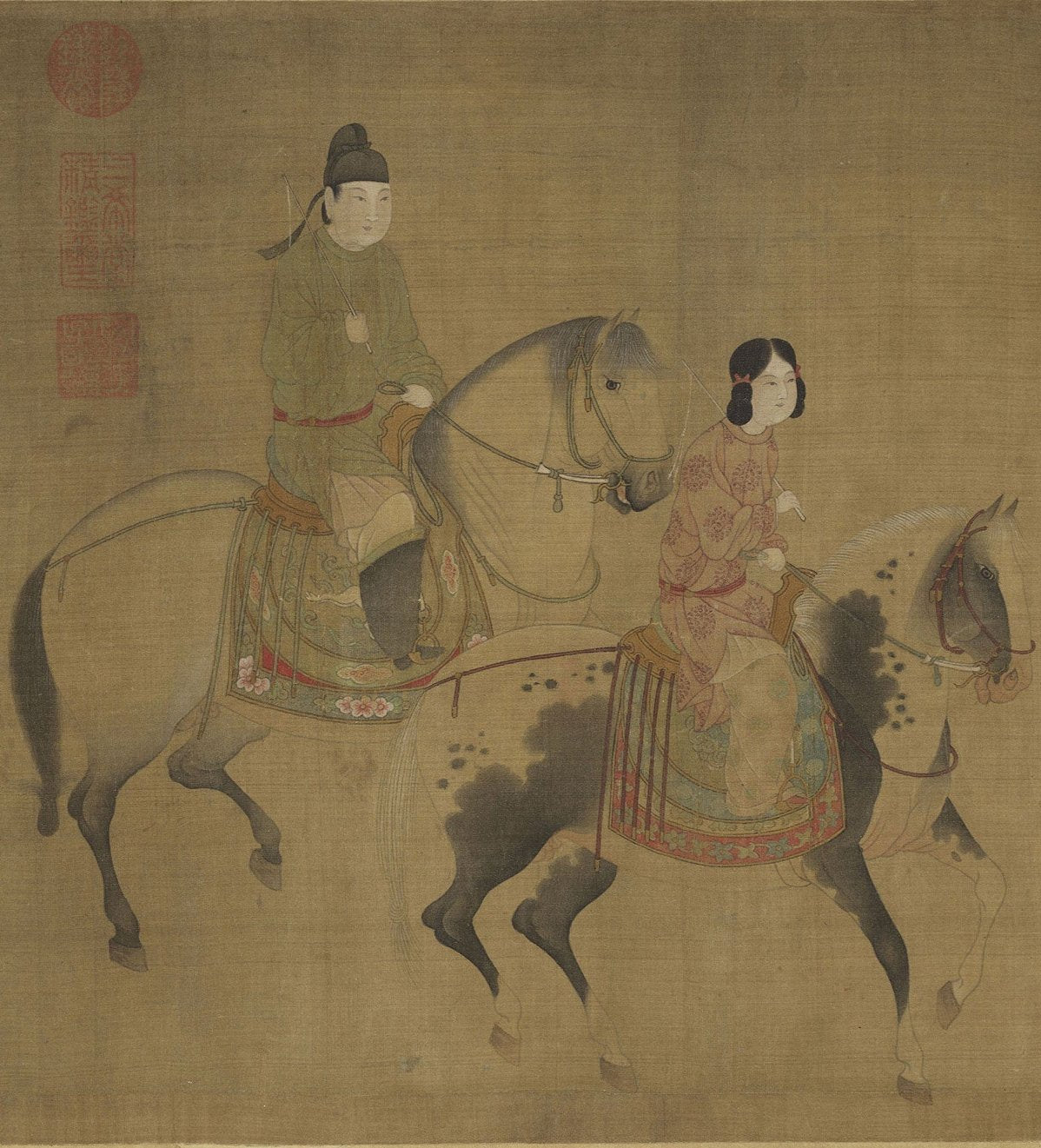
Legend
Páofú (Páofú)
The typical features of robes are a round neck, narrow sleeves, and a fitted body. The robe was the most commonly used garment from the Sui and Tang dynasties to the Qing dynasty. Although it was generally a masculine outfit, women in the Tang Dynasty thought it was very fashionable to dress like boys! Women liked to wear the same tunics, boots, and belts as men when playing polo or football.
The styles of round-necked robes in different dynasties are different, and the regulations on color and matching accessories are also different. In the Tang Dynasty, those in the third rank and above wore purple, those in the fourth and fifth ranks wore scarlet. Those in the sixth and seventh ranks wore green, and those in the eighth rank wore grade green, ninth grade and above. Scholars in the Tang and Song Dynasties put a piece of cloth on the hem of their round-necked robes, called "襕袍(Lán páo)". In the Yuan Dynasty, the corset began to be used on official robes. The corset was called "补子(Bǔ zi)" in the Ming and Qing Dynasties, which were two embroidered pieces affixed to the chest and back to mark the official rank with patterns.
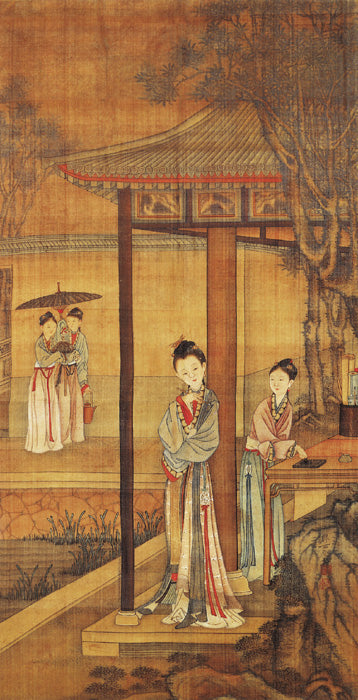
Legend
Rúqún (Rúqún)
襦裙(Rúqún) is a general term for a set of clothing. From before the Han Dynasty to the end of the Qing Dynasty, Ruqun were worn in all Chinese dynasties.
After the Han Dynasty, it was called specifically for women: a short shirt and a long skirt, tied around the waist with a rope belt, with the shirt inside and the skirt outside.
齐胸襦裙(Qí xiōng rú qún)During the Wu Zhou Dynasty (reign of Wu Zetian, 690 AD - 705 AD), some styles of plain shirts were cut into a large "W" shape to expose the neckline. This trend was popular during the reign of Wu Zetian. . By the end of the prosperous Tang Dynasty, the collars of plain shirts were deeper and the sleeves were wider, giving people a sense of elegance.
袄裙(Ǎo qún)a style of shirt worn over a skirt rather than tucked in, a style popular from the late Song Dynasty (960 AD - 1279 AD) to the Ming Dynasty (1368 AD - 1644 AD). Ming Dynasty skirts were usually "百迭裙(Bǎidié qún)" or horsehead skirts, i.e. "马面裙(Mǎmiàn qún)".
In addition to the styles mentioned above, Hanfu also has many derivative styles, such as the short-sleeved tops of the Tang Dynasty, called half-sleeves or half-arms, the jackets of the Song Dynasty, the Bijia of the Ming Dynasty, and the vests of the Qing Dynasty, all of which are clothes that can be worn outside.
